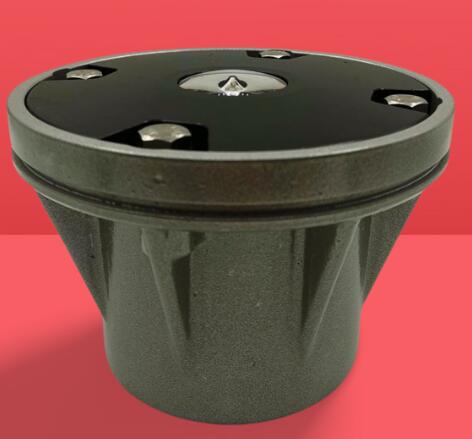Helipad Light Innovations: Enhancing Safety in Nighttime Operations
Helipad lights serve as critical visual aids for helicopter pilots during approach, landing, and takeoff, especially in low-visibility conditions. As urban air mobility expands and emergency medical services rely more on helicopter transport, the demand for advanced helipad lighting solutions continues to grow. This article explores the latest technologies, regulatory standards, and best practices in helipad light systems.
Key Functions of Helipad Lights
1. Perimeter Identification
White or yellow lights outline the landing area, defining safe boundaries.
Flashing beacons mark the helipad’s center for precision approaches.

2. Approach Path Guidance
Elevated lights or sequenced LED systems guide pilots during final descent.
Some systems integrate with GPS for automated alignment.
| helipad light |
3. Hazard Avoidance
Red obstruction lights warn of nearby structures or obstacles.
Infrared lights (for NVG-compatible operations) support military and rescue missions.
Types of Helipad Lights
1. Fixed vs. Portable Systems
Fixed installations: Permanently embedded in hospital rooftops or offshore platforms.
| helipad lights |
Portable units: Deployable for emergency operations or temporary landing zones.
2. LED vs. Traditional Lighting
LEDs: Energy-efficient, long-lasting, and resistant to vibration.
Incandescent/Halogen: Older technology, gradually being phased out.
3. Solar-Powered Solutions
Ideal for remote locations without grid access.
Battery backups ensure operation during cloudy conditions.
Regulatory Compliance & Standards
1. FAA & ICAO Requirements
Minimum intensity and color specifications for different helipad classes.
Mandated visibility ranges based on surrounding terrain.
2. Hospital & Urban Helipad Guidelines
Additional lighting considerations for noise reduction and public safety.
| helipad lights |
EMI shielding to prevent interference with medical equipment.
3. Military & NVG Compatibility
Specialized coatings to reduce glare for night vision goggles.
Stealth modes for tactical operations.
Emerging Technologies
1. Smart Helipad Lighting
Automated brightness adjustment based on ambient light.
Remote monitoring via IoT for maintenance alerts.
2. Wireless Synchronization
Eliminates complex wiring in modular helipads.
Reduces installation time for temporary setups.
3. 3D Approach Lighting
Vertical light arrays improve spatial awareness in dense urban areas.
Augmented reality overlays for pilot HUDs (Heads-Up Displays).
Best Practices for Installation & Maintenance
1. Site-Specific Design
Account for wind, glare, and surrounding infrastructure.
Ensure proper drainage to prevent water pooling over lights.
2. Routine Inspections
Check for lens cracks, moisture ingress, and electrical faults.
Test backup power systems regularly.
3. Pilot Feedback Integration
Adjust lighting patterns based on real-world operational experience.
Minimize light pollution for nearby residents.
Future Trends in Helipad Lighting
1. Integration with UAM (Urban Air Mobility)
Standardized lighting for vertiports serving eVTOL aircraft.
Dynamic routing adjustments based on air traffic.
2. Sustainable Materials
Recyclable components and reduced energy consumption.
Solar-charged induction lighting.
3. AI-Optimized Systems
Machine learning to predict and prevent failures.
Adaptive lighting for varying weather conditions.
Helipad lights have evolved from simple marker lamps to sophisticated safety systems incorporating smart technologies and sustainable designs. As helicopter operations increase in medical, commercial, and military sectors, continuous innovation in lighting solutions will be crucial for ensuring safe and efficient nighttime operations.
The future points toward autonomous lighting adjustments, deeper integration with air traffic systems, and environmentally conscious designs—all while maintaining strict compliance with aviation safety standards. Whether for urban hospitals or remote rescue missions, advanced helipad lighting remains a cornerstone of rotary-wing aviation safety.
